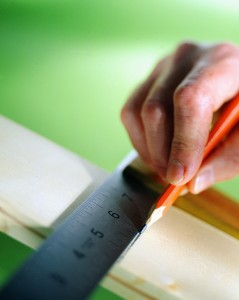 I used to frequently facilitate a five-day workshop. As a part of the process for this workshop, we had a Thursday night dinner where all of the participants got together and celebrated the week – even though there were a few more hours of workshop remaining.
I used to frequently facilitate a five-day workshop. As a part of the process for this workshop, we had a Thursday night dinner where all of the participants got together and celebrated the week – even though there were a few more hours of workshop remaining.
When the workshop took place near our home, my wife often attended this dinner. Participants wanted to meet her, and I had been so busy with the workshop all week that it was nice, even if there were 20 other people in the room, to have dinner with her.
One night after this event, Lori asked me what seemed to be a very strange question, “Have you spent your week with the same people I met tonight?” Not knowing why she was asking such a cryptic question, I answered, “Yes, of course, why do you ask?”
She explained. “All week you have been telling me how many things haven’t gone well during this workshop; what you want to fix next time, and that you are disappointed in your performance. And then I spend an evening with a group that is laughing and telling me, almost to a person, how this is the best workshop they’ve ever attended. These people are excited about the prospects of going back to work and putting these ideas to work. So something doesn’t seem to match up between your description, and theirs.”
I looked at her, not really knowing what to say.
Then she went on, saying, “This isn’t the first time I’ve experienced this at this dinner. You tell me all week what you want to change, but then the group is always excited, and thoroughly delighted with their experience. I think you need to recognize that there are two yardsticks that you can use to measure your performance – yours and your Customers.”
She was right, of course.
I loved the work I was doing in those workshops. Yet, I was always hard on myself, recognizing the things I wanted to tweak, fix, and change to make it even better. Even though I knew people were benefiting from the workshop, and even enjoying it, that wasn’t my focus. My focus was on making the experience better in the future.
It wasn’t until Lori pointed it out so insightfully that I really realized that I was measuring my performance on a yardstick of a continually expanding length.
As I thought about her advice and the metaphor of the two yardsticks in the weeks, months, and even years that followed, I realized that her advice applied to many more people than just me, and that it was actually a profound truth:
When assessing your performance, consider both yardsticks – yours and your Customer’s.
In the story I shared, I wasn’t recognizing my success. Having a high benchmark to define success helped me continue improving, but it also kept me from realizing a balanced view of the situation. I already had delighted Customers. Perhaps this is your situation, or perhaps the situation is reversed – by your yardstick things are fine, while your Customers are less than thrilled.
So where are you – and where is your organization – on the two yardsticks with your work at this moment?
The concept of the multiple yardsticks is valuable no matter what you do or who your Customer’s are. Both yardsticks are valuable, and both are necessary. Make sure to think about and recognize your results from both perspectives, and, most importantly, use both perspectives as you plan future events and your ongoing improvement.
Potential Pointer: When considering your performance, consider more than your personal perspective – you must consider the yardsticks of others as well – especially your Customers.

0 comments